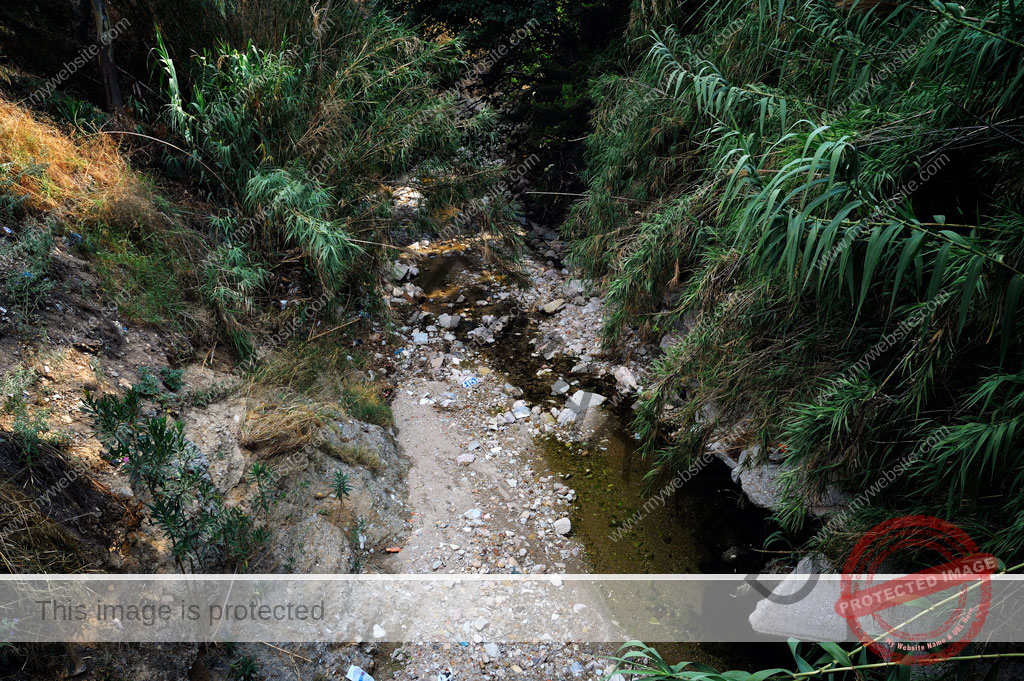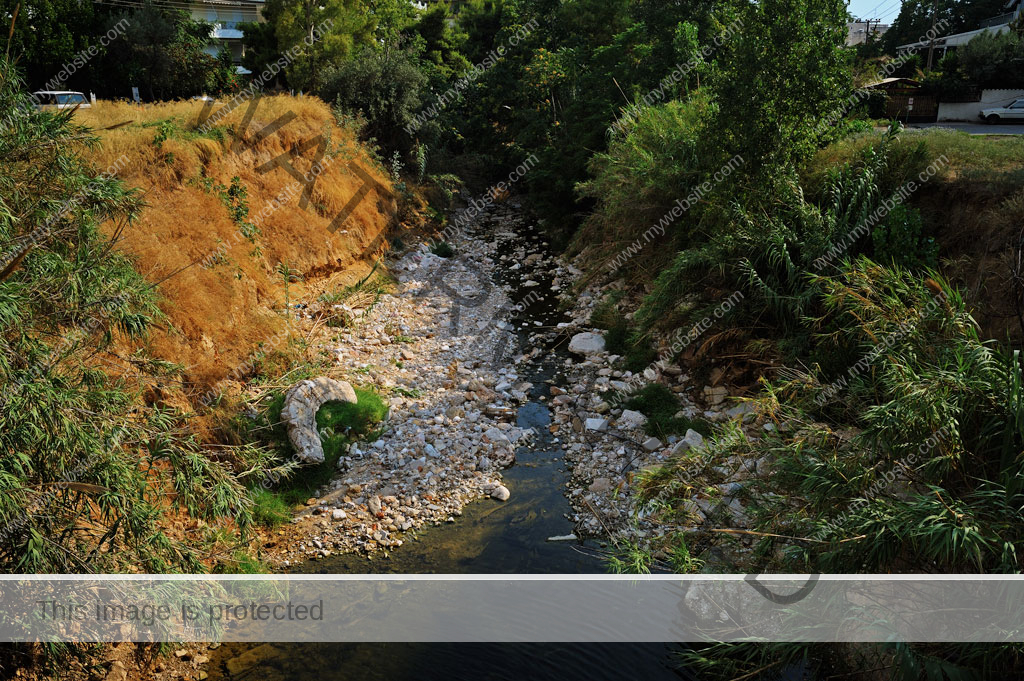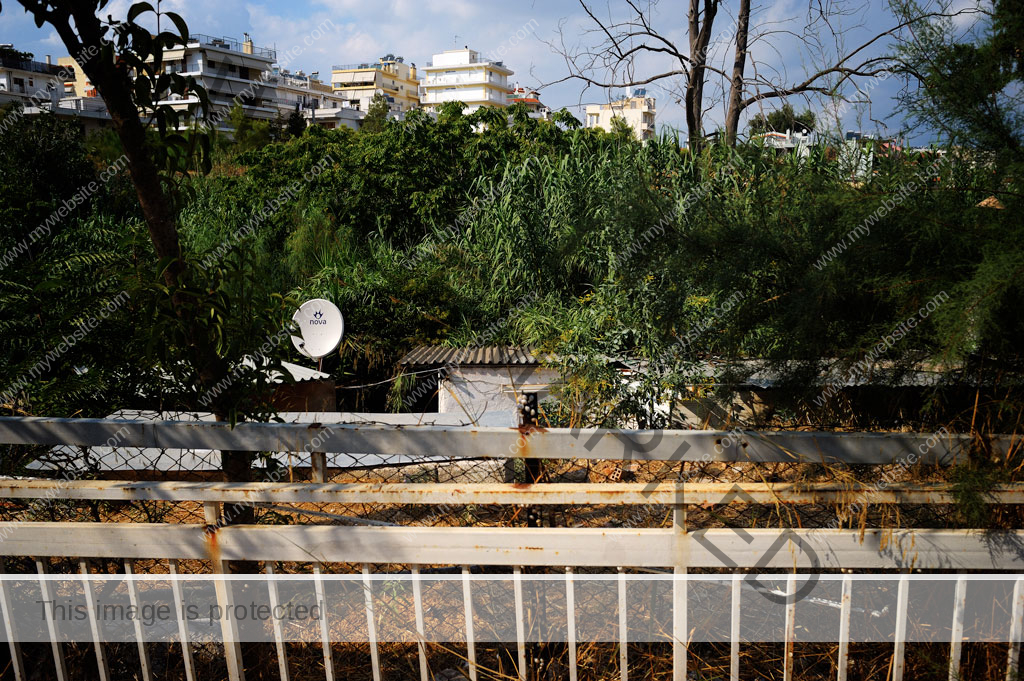A Little Extra Tech
This is just a quick note. After nearly three years of working with my Nikon D700 I have finally learned something I would never have worked out without the internet.
I was for some time getting quite unexpected and often annoying results from my photographs from a technical point of view. And for the life of me I could not figure my way around them.
This was the problem. Being an old pro, I work always with manual mode on any camera. Being used to the accuracy of old light meters and metering systems in say the Nikon F series, I also like to set my preference for a narrow spot metering in order to get as close to a hand-held light meter as possible. But the D700 kept giving me wildly unpredictable and frankly bad readings with the setting of 12 degrees spot reading. Now as I have mentioned elsewhere I exclusively use old pre-digital Nikkor prime lenses. Remember these are fully compatible with the new DSLRs! But what I had not realised in my foolishness is that the spot metering works exclusively with the newer digital lenses, and not with analogue optics.
I had to go to the site of my tech hero Ken Rockwell to discover this little anomaly. Nikon are notoriously mysterious in the way they set up their camera menus (by the way Canon are no better at this), and you have to be clairvoyant to understand the terminology. Fortunately we have the internet and hordes of geeky bods out there that work this shit out and write it up. I set my meter preferences to Average matrix metering, changed the fine tuning of readings from the default 1/3 to 1 Stop and presto I am getting superb RAW images from pretty much every exposure.
Which brings me to the simple question: Why do manufacturers have to make such long-winded and complicated setting menus, when us old geezers have a very simple approach to our exposure regimen? I mean back in the day we just set our cameras up the way we wanted them in two or three simple steps and off we went taking photographs. Back then if we wanted to customise our meter readings we used a hand-held meter and did a kind of shorthand version of Adams’ Zone System and so got ourselves really nice optimal negatives to work with.
Anyway I am extra pleased to report that whatever misgivings I was beginning to have about the D700 or my own sanity are now cleared away and I am happier than a teddy bear to report that all is indeed well and working as desired. The recent series of city photographs I have been posting are clearly witness to this fact. They are near as damn it perfect exposures and the RAW D-Negs are completely flexible and show magnificent range and colour quality. Kudos to Ken and to Nikon (with the caveat that I wish they would get their technical terminology better worked out for professional photographers not equipped with second sight to understand). Thank you Ken and sorry Nikon but it’s time you pulled your finger out and simplified your DSLR menus. Way past time actually.
The Photos on This Page…
The Pikrodafnis Stream that runs through the boroughs of Dafni, Agios Dimitrios and Alimos to the sea. Unfortunately neglect, environmental abuse and of course the fact that people have built illegal communities in the river valley itself (hence pouring effluence into the little stream), has made the stream into a toxic brown mess instead of a lovely burbling aquatic vista for the citizens to enjoy evening strolls by. It is also chock full of rubbish and especially in this hot season almost dry. Shame.
I have heard that there are a total of seven living rivers and their tributaries running under the city. Yet Athens has no riverside of any kind since the majority of these have been built over and are not visible above the surface. The few that are visible are more or less in the same sorry condition as this one.
SEE THE FULL SET HERE



